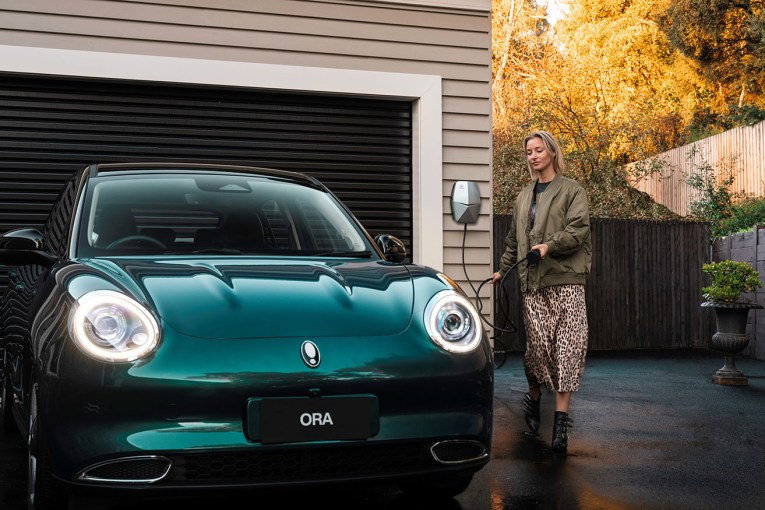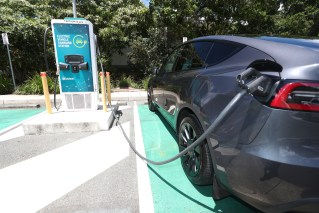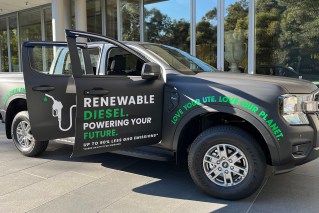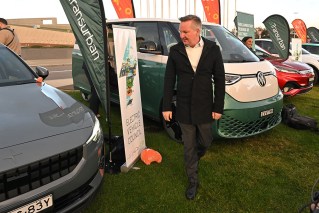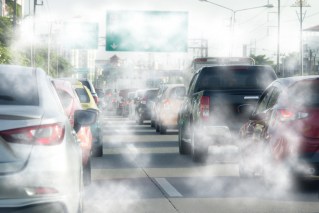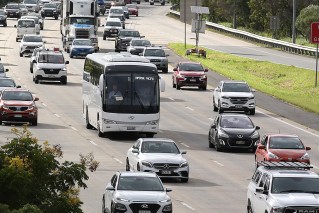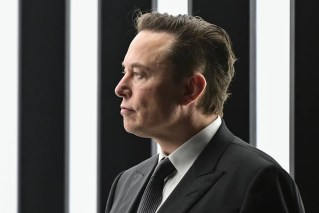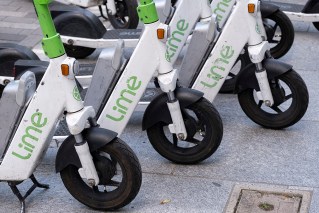The link between house prices and falling car sales

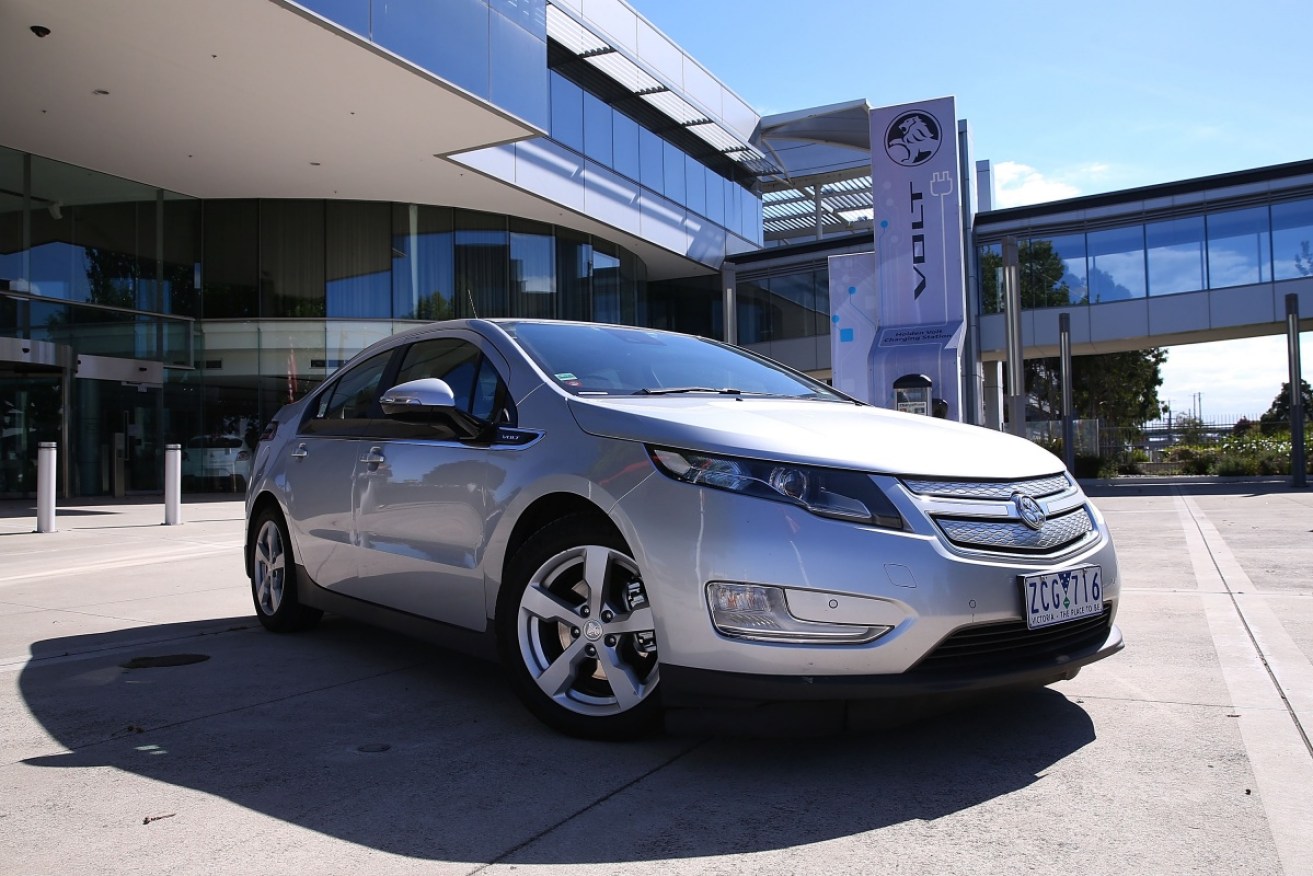
Holden didn't manage to even make the top five for the first time. Photo: Getty
Today’s headlines about solid June retail sales figures are already looking very old – July car sales suggest consumers aren’t feeling “solid” at all.
Passenger car sales were down 20.2 per cent on the same month last year, the main factor in total vehicle sales dropping 7.8 per cent. The July fall, to 85,551 units from 92,754 last year, was enough to take the running 2018 total below 2017.
Given the speed of the downturn, the Federal Chamber of Automotive Industries’ description of July as “lean” looks like understatement.
A Reserve Bank research paper three years ago suggested a strong correlation between housing prices and new car sales.
That’s in keeping with the idea of housing providing a “wealth effect” – home owners feel wealthier and more willing to spend when they perceive their home is making them richer.
The RBA study was in the context of surging housing prices pushing new cars out of the showroom doors, doing car salespeople’s jobs for them.
Now the suspicion must be that falling house prices – and the media publicising every forecast of more falls to come – is whacking sales.
New South Wales, where lower Sydney house prices are getting the most attention, saw total vehicle sales fall 9.6 per cent to 27,675 while Victoria was off 6.3 per cent to 24,921. The two most populous states dominate the market, followed by Queensland down 5.8 per cent to 17,467.
Of the smaller markets, WA lost 8.1 per cent to 6966, South Australia 11.3 at 5022, ACT 12.2 at 1301 and the Northern Territory a whopping 18.8 per cent – but it was a market of only 742 vehicles last month. The Darwin housing market has been the nation’s weakest of late.
Just one state recorded a rise – Tasmania up 5.9 per cent to 1457. And Tasmania is presently the nation’s best-performing housing market.
Passenger cars have been losing market share for several years. Australians now buy more SUVs than cars, and the light commercial market has been surging. The two biggest-selling vehicles in July were again the Toyota Hilux and Ford Ranger – Scott Morrison’s you-beaut “tradies’ utes”.

The Ford Ranger was one of the top-selling cars in Australia in July. Photo: Getty
Light commercial sales were effectively in line with the previous July, but against the overall trend, four-wheel-drive pick-ups were up 6.4 per cent. Small SUVs also did well, up 3.4 per cent, but the star last month was the “micro car” with an astounding 31.8 per cent jump.
At the other end of the car weight division, the “large car” was the worst hit with sales more than halved – off 56.3 per cent – reflecting the demise of the Commodore and Falcon.
Another sign of the times – Holden doesn’t even make the top-five brands anymore. Toyota remains the clear market leader with 19.8 per cent followed by Mazda on 10.4 per cent, Hyundai 8.3 per cent, Mitsubishi 6.9 per cent and Ford 6.4 per cent.
Total sales for the first seven months of the year stand at 691,073. While that’s only 0.2 per cent blow the same period last year, it should be seen in the context of the population being 1.6 per cent higher and is only marginally better than the first seven months of 2016.
As the froth continues to be blown off housing prices in our two biggest cities, it remains to be seen if more than car sales are hit by the diminished wealth effect.
